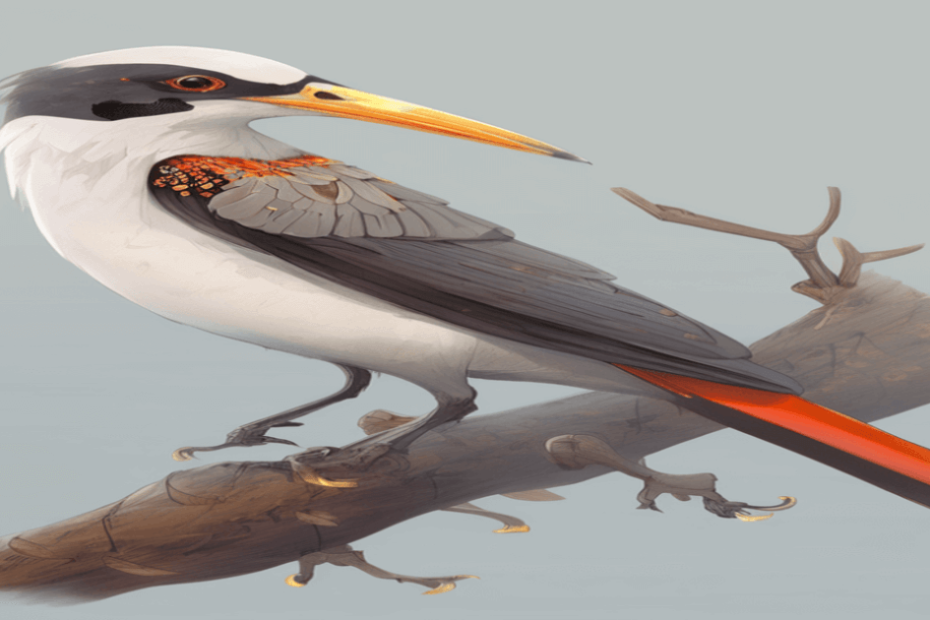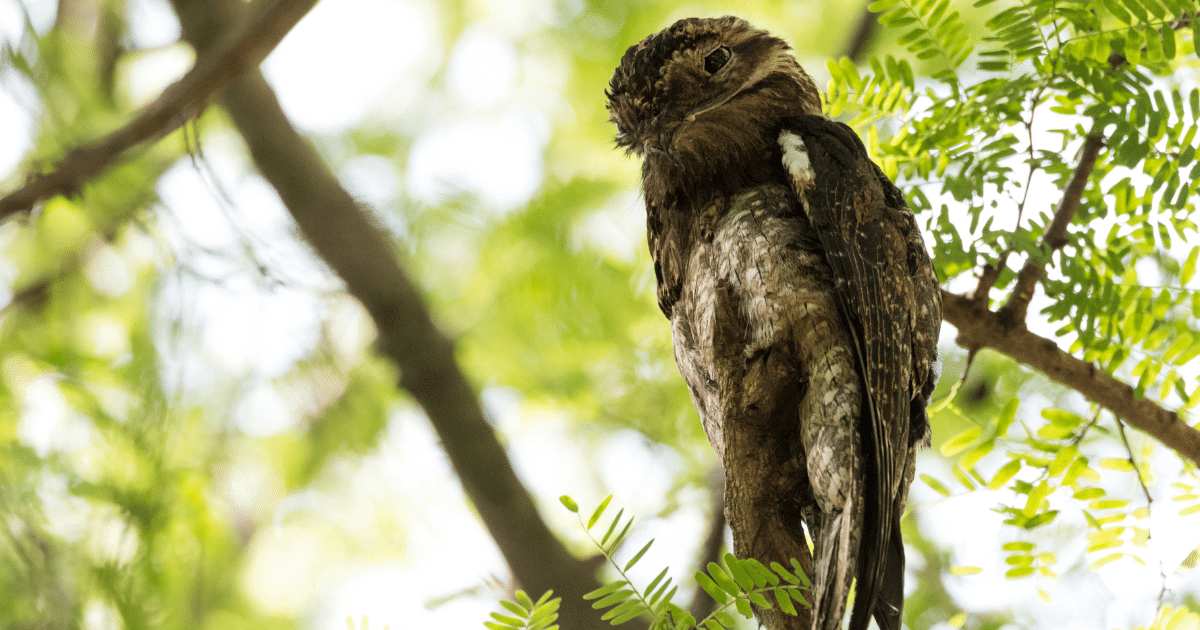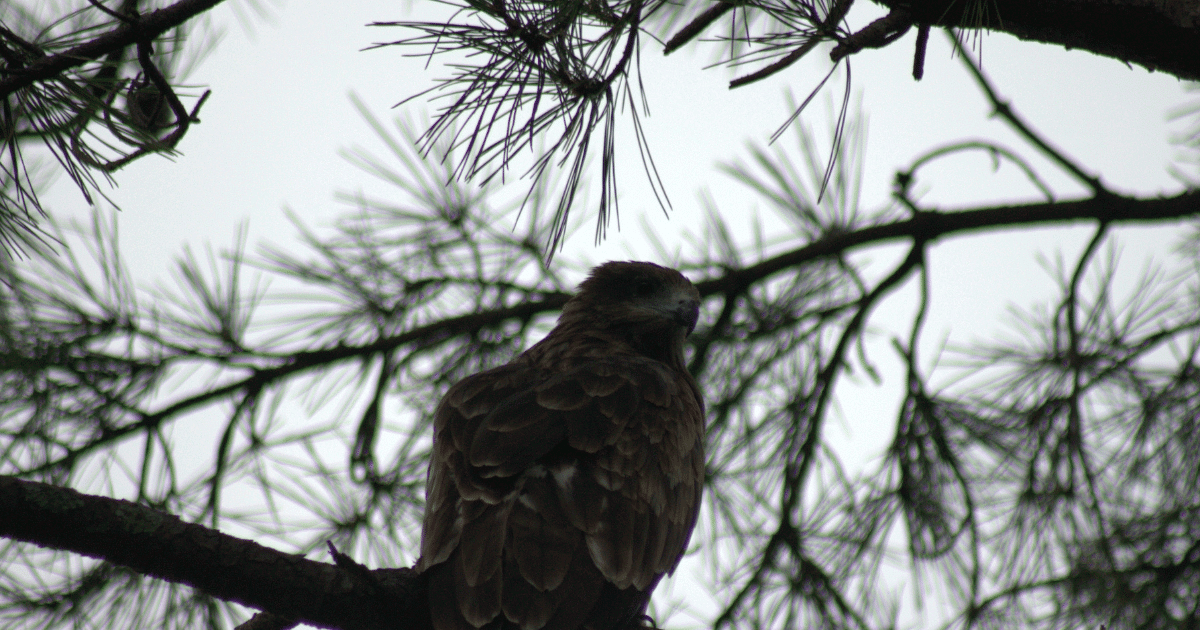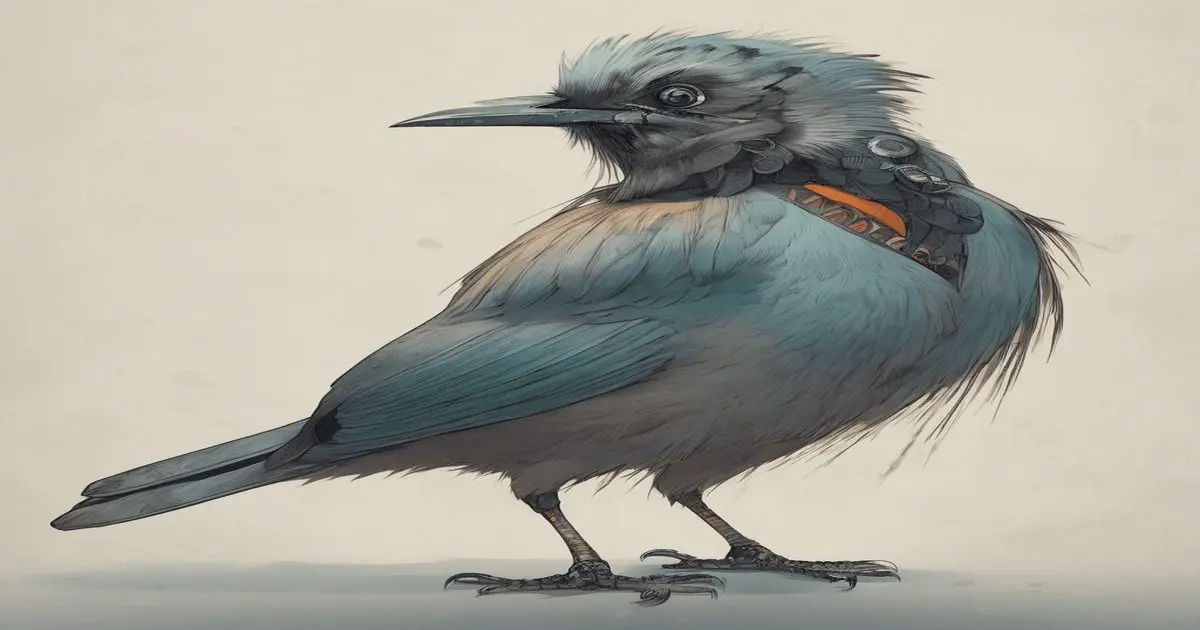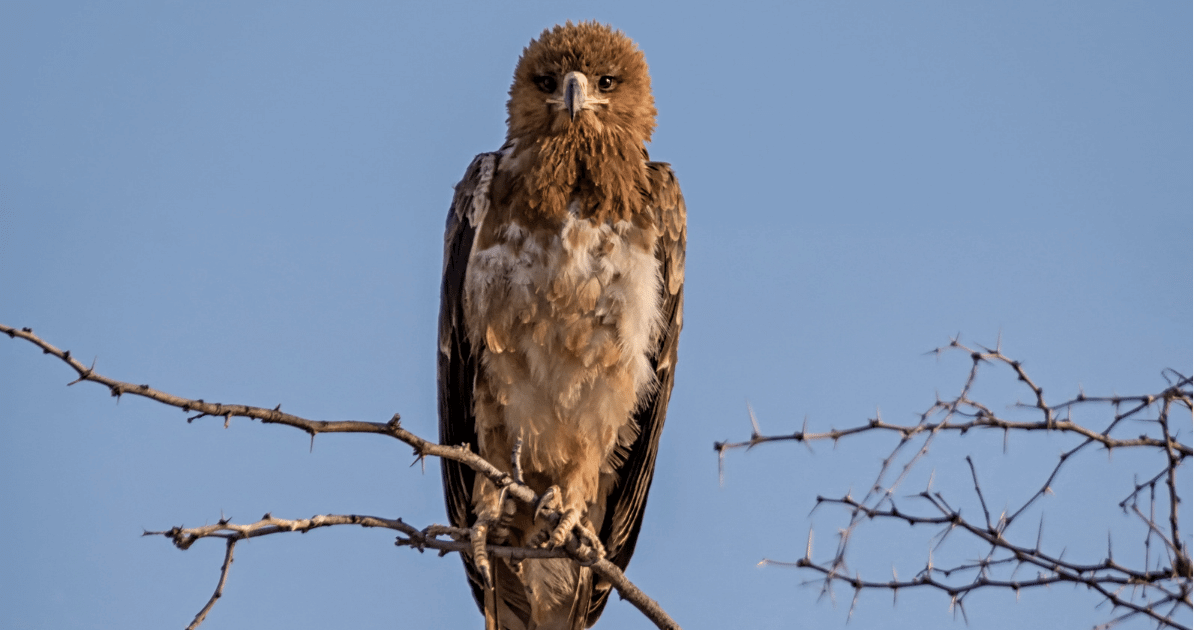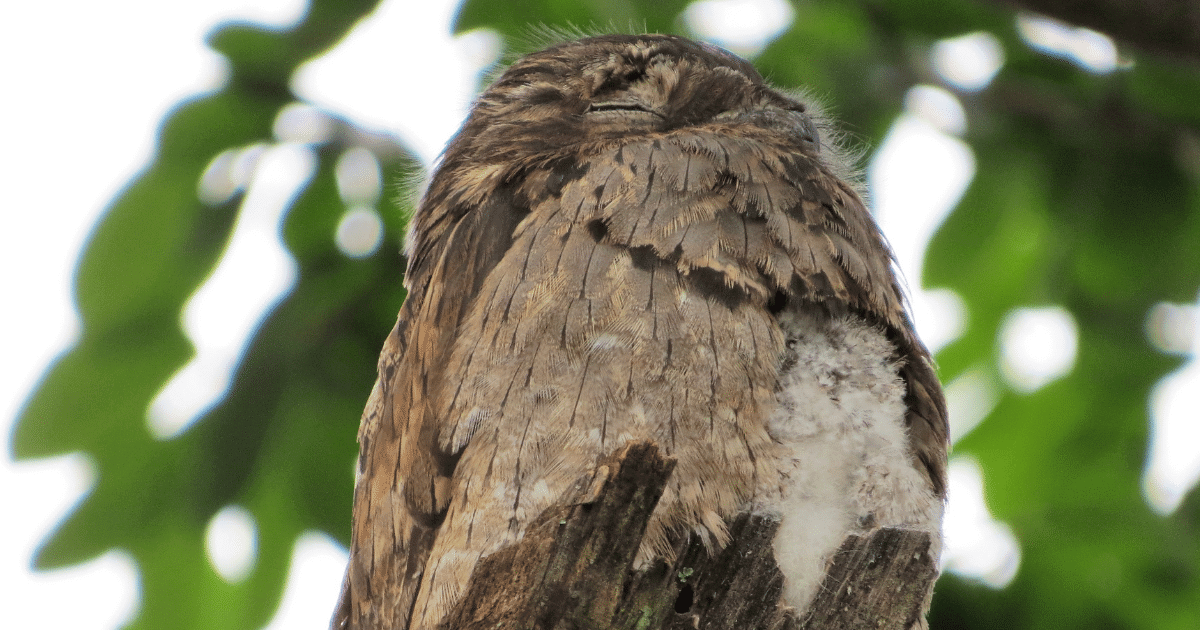Key Takeaways on the Marvelous Urutau
- The Urutau is a nocturnal bird of tropical South American forests with unique adaptations for life after dark.
- Its hooting nocturnal song has an eerie quality that gave rise to ghostly superstitions among indigenous cultures.
- Cryptic plumage patterns allow this bird to disappear against lichen-covered branches while roosting vertically during daylight hours.
- Conservation of remote, intact rainforest is crucial to protect the Urutau from threats like habitat loss and human disturbance.
- Responsible ecotourism practices can allow bird enthusiasts glimpses of the Urutau in the wild while also funding habitat conservation.
- Continued research and community partnerships are needed to supplement protected area policies in safeguarding the Urutau long-term.
- The mysterious Urutau provides an entryway into appreciating the wonders of undiscovered biodiversity relying on endangered Neotropical forests.
As an avid birder and explorer of South America’s rainforests for over 20 years, I’ve been captivated by the diversity of bird species found across the continent. One of the most intriguing to me is the Urutau bird, scientifically known as Nyctibius griseus. With its haunting calls echoing through the night, this nocturnal bird has an air of mystery and even superstition surrounding it. Indigenous Amazonian groups associate its calls with death, grief, and misfortune. But beyond the folklore, the Urutau is a unique bird adapted to its forest home.
In this blog post, I’ll share details on the classification, appearance, habitat, behaviors, threats, and conservation situation of the Urutau bird, based on my first-hand experiences in the field across Peru, Brazil, and Bolivia. As an advocate for Neotropical bird conservation, I hope to provide deeper insight into this little-known rainforest resident.
Introduction to the Mysterious Urutau Bird
The first time I heard the mournful hooting of the Urutau reverberate through the dense rainforest understory, I was spellbound. Even veteran birders remark on the haunting quality of this nocturnal bird’s call, which seems to give voice to the deepest mysteries of the jungle night. Local legends warn that the Urutau’s cries foretell misfortune or death. But having spent countless hours observing these birds in life, I can attest there is beauty and wonder to them too.
Getting a daylight glimpse of a reclusive Urutau is difficult. I’ve learned their habits and habitat preferences through patience and persistence. Trekking deep into protected forests away from human disturbance, I wait silently as dusk falls. Then, the unearthly songs begin, and dark shapes flutter overhead in search of insect prey.
In this piece, I hope to convey the marvels of Nyctibius griseus in factual detail and personal reflections gleaned from years of rainforest exploration. My goal is to inspire appreciation and custodianship for the biodiversity relying on these threatened forests, from the legendary Urutau to the smallest leafhopper.
Scientific Classification and Physical Description
The Urutau belongs to the genus Nyctibius, part of the nightjar family that includes related birds like potoos, frogmouths, and nightjars. With seven recognized species, Nyctibius is the only genus found in the Americas.
Some key physical features of the Urutau include:
- Stocky body shape: Weighing around 28oz and reaching lengths of 18 inches, the Urutau has a compact, rounded body shape well-suited for maneuvering between dense forest vegetation. In flight, it appears large-headed relative to its stubby body.
- Large eyes and head: It has strikingly large, dark eyes adapted for night vision, able to tightly constrict pupils to pinpricks in daylight. The broad head and flat facial disk aid its binocular vision and hearing.
- Distinctive plumage: Plumage is cryptic, featuring mottled patterns in browns, grays, and black that provide remarkably effective camouflage against tree bark and leaf litter when roosting. The prominently barred undertail can act as disruptive patterning to conceal the bird’s profile. Sexual dimorphism is minor, making gender difficult to distinguish in the field.
- Large gape: The wide gape aids in projecting the bird’s unique haunting vocalizations, which can carry for over half a mile through dense forest.
- Tooth-like serration: A specialized serrated upper mandible helps secure large insects, frogs, and other slippery prey.
The Urutau’s physical adaptations point to its solitary, crepuscular existence in the rainforest understory and mid-canopy. Next, we’ll explore its habitat distribution and preferences.
Habitat Distribution and Roosting Behaviors
The Urutau bird has a wide distribution across humid tropical forests of South America including southeastern Peru, northern Bolivia, central Brazil, eastern Ecuador, eastern Colombia and Venezuela.
Within this range, the Urutau favors certain habitat features:
- Interior old-growth forest: Roosts deep in undisturbed lowland and montane rainforest, avoiding edges, gaps, and second growth areas. Prefers primary forest with dense, multi-layered canopies up to around 4,000 ft elevation.
- Near water: Often hunts near slow-moving waterways, perching over streams, swamps, or oxbow lakes and scanning for insect, bat, and frog prey.
- Solitary roosting: Each individual bird roosts alone. Favorite roost sites are often reused for years, located high on camouflaging vertical surfaces.
- Concealed perches: Uses concealed roosts on dead snags, tree stumps, trunk forks, or tangled vines, from 16 to 100 ft up. Roost orientation and adaptations like closed eyes and flattened profile aid concealment.
As deforestation opens up old-growth habitat, the Urutau retreats from disturbed areas, making protection of remote primary forests vital for its continued survival.
Related: Unveiling the Mystique of the Northern Cardinals: A Journey from Crest to Tail
Unique Nocturnal Behaviors
As a member of the nightjar family, the Urutau is strictly nocturnal in habit, with several specialized adaptations for an after-dark existence:
- Light-sensitive eyes: Its enormous eyes possess retinal adaptations to enhance vision in near-total darkness. The iris aperture controls pupil dilation, constricting to pinpricks during daylight.
- Energy-saving torpor: During daylight, the Urutau enters a torpid state, remaining utterly still with eyes half-closed to further avoid detection. Only its slowing breathing may give away that this is a living creature.
- Disruptive plumage: Complex cryptic colors and patterns allow it to disappear against lichen-covered branches in daylight.
- Vertical orientation: Roosting vertically on trunks or perpendicular branches rather than horizontally adds an extra dimension of concealment.
- Startle display: If noticed, the bird surprises predators or observers by flashing its eyes and gaping mouth suddenly.
- Sound navigation: Keen hearing allows it to nimbly dart through dense vegetation at night guided by sound. The short, rounded wings provide agile maneuverability.
- Nocturnal feeding: After sunset, the Urutau springs to life, leaving its roost to hunt insects, frogs, bats, and small vertebrates by sight and sound. Its enormous gape aids in capturing prey.
The Urutau’s ghostly nocturnal behaviors likely gave rise to its haunting folkloric associations in the eyes of indigenous groups. But seen up close, it is a beautiful example of avian adaptation.
Breeding Behaviors and Nesting Habits
The breeding season for the Urutau runs between February and June in the rainy season across most of its range. The male’s melancholic hooting song serves to attract a mate. Once paired, I’ve observed couples engage in bonding displays, pointing beaks skyward and fanning tails while dueting vocally.
Interesting nesting behaviors include:
- Minimal nest construction: The Urutau does not build an enclosed nest. Instead, a single egg is laid in a natural depression or cavity on a horizontal tree limb or hollow stump, often lined only with a few leaves or twigs. Both sexes participate in scrapping out the nest site.
- Co-parenting: Both the male and female Urutau take equal turns incubating the egg. The parent doing so will situate itself horizontally, using its warm feet to cover the egg while entering a torpid state. Parents also share feeding duties once the chick hatches.
- Altricial young: The single chick hatching from the egg is naked, blind, and helpless, relying entirely on parental care until fledging around 9 weeks. Until feathered, the parents brood the grey chick extensively during daylight.
- Early flight: Young fledge and make early flight attempts at around 60 days, though remain partly dependent on parents for another couple weeks as flight skills strengthen. Juveniles initially resemble females in plumage.
Protecting breeding sites with natural cavities and reducing disturbance levels in occupied habitat is critical to supporting new generations of this vulnerable bird.
The Urutau’s Unique and Haunting Song
The vocalizations of the Urutau are its most distinctive trait. This primarily crepuscular bird begins calling soon after sunset with a moaning, far-carrying song. The call consists of a long series of 12 to 22 phrases, each composed of an ascending, then descending emphatic hoot. These drawn out hoots give the song an eerie, haunting quality. When first heard, the calls seem to emanate from the forest itself.
Phonetically, the chanting song is often rendered as “poor-MEE, poor-MEE, poor me ALL a-LONE” or “purr POOR me.” Calls can continue repetitively through the night across the Urutau’s large home range of up to 75 acres. Rival males may vocalize competitively in response. Couples sometimes perform duets.
This mournful nocturnal song likely serves several functions:
- Territory proclamation: Regular calling defends a feeding and roosting territory against intruding Urutaus.
- Attracting mates: The male’s song attracts female partners over considerable distances during breeding season.
- Species identification: The specialized call allows Urutaus to identify others nearby of the same kind in dense habitat.
- Predator discouragement: Some speculate the haunting song may deter potential predators like owls or primates.
There is no factual basis for the ominous legends around the Urutau’s song originating with indigenous cultures. But its vocalizations do lend themselves to a certain ghostly mystique which adds to the charm of this rainforest denizen.
Read more: The Top 15 Highest Flying Birds In The World
Threats Facing the Urutau
While still reasonably widespread across its range, the Urutau faces concerning threats to future population stability:
- Habitat loss: Extensive deforestation for agriculture, logging, and development destroys the secluded forest this species depends on, opening the canopy and understory.
- Fragmentation: Road-building and selective logging carves up contiguous habitat even when some trees remain. The Urutau avoids forest edges.
- Climate change: Changing rainfall and temperatures from climate change may reduce insect prey abundance or cause breeding timing mismatches.
- Disturbance sensitivity: The Urutau shuns even passive human presence, retreating from noise, lighting, and activity. Ecotourism must be managed carefully.
- Trafficking: Some illegal pet trade occurs with closely related potoos that could begin targeting Urutaus.
Table 1. Conservation Threats Facing the Urutau
| Threat | Impact |
|---|---|
| Habitat Loss | Deforestation destroys roosting and breeding sites |
| Fragmentation | Avoids marginal areas between habitat patches |
| Climate Change | Potential changes to prey and breeding cycles |
| Human Disturbance | Highly sensitive, avoids any human presence |
| Trafficking | Illegal collection for the pet trade |
Protecting intact tracts of primary rainforest across Amazonia and limiting destructive human incursions are crucial for the Urutau’s future outlook.
Conservation Situation and Protection Strategies
The ICUN Red List currently categorizes the Urutau as a species of Least Concern. However, experts agree reinforced habitat protections are needed to ensure thriving, sustainable populations.
Some positive steps being taken include:
- New protected areas: Creating additional well-managed forest reserves and national parks can protect key Urutau populations, as with Manú National Park in southeastern Peru.
- Responsible ecotourism: Regulated birdwatching tours serve to generate income for forest communities while minimizing disturbance impacts. With care, birders can observe the marvelous Urutau in its element.
- Anti-trafficking enforcement: Halting any illegal trade will be important to prevent future pressure on wild populations. I strongly discourage keeping these birds as pets.
- Continued research: Ongoing field studies tracking Urutau numbers and responses to threats provide data to guide appropriate conservation policies. I’m contributing observations from decades of direct fieldwork.
- Indigenous partnerships: Co-management partnerships ensure indigenous communities help safeguard the forests while sustainably meeting their needs.
Table 2. Conservation Solutions for the Urutau
| Strategy | Description |
|---|---|
| New Protected Areas | Creating more reserves protects habitat |
| Ecotourism | Responsible birding generates conservation funding |
| Anti-Trafficking Laws | Prevent illegal trade in wild birds |
| Research | Field studies provide population data |
| Community Partnerships | Engage indigenous groups in co-management |
With deliberate conservation action based on scientific evidence, there is hope to preserve the Urutau as a thriving fixture of South America’s rainforests long into the future.
Reflections on Observing This Mysterious Bird
In my many years exploring Neotropical forests, I’ve been privileged to observe an abundance of avian wonders, from glittering quetzals to the mighty harpy eagle. But few have captured my imagination like the marvelous Urutau. Glimpsing this elusive bird feels like peering into a lost world millions of years old. And hearing their melancholy nocturnal songs reverberate through otherwise silent jungle darkness is an unforgettable experience.
As an advocate for Neotropical birds, I feel deep concern about the threats facing the Urutau’s future. But by shining a light on its magical qualities, I hope we can garner wider appreciation for the sheer diversity of life relying on these tropical forests. Much remains unknown about this cautious, cryptic bird that emerges with nightfall. I look forward to continuing to study and demystify Nyctibius griseus in the wild rainforest it calls home.
If you have a chance to visit the forests of Peru, Brazil, or Bolivia yourself, open your eyes and ears once night falls. If you’re very lucky, you may hear the haunting refrain of the fabulous Urutau as it sings the jungle to sleep. But tread lightly and do your part to protect its vulnerable habitat. With care and wisdom, magical creatures like the Urutau can persist to entrance future generations in the world’s greatest forests.
Conclusion: Appreciating and Conserving the Marvelous Urutau
In this piece, I’ve aimed to provide extensive details on the natural history of the mysterious Urutau, illuminating what I’ve learned first-hand about this captivating rainforest resident. My hope is that by understanding its behaviors and threats, readers will join me in appreciating and advocating for the conservation of this species and precious habitat. There is still much to learn about the Urutau in future field studies. But armed with current knowledge, we can take steps to protect this fascinating nocturnal bird far into the future through habitat protections, anti-trafficking efforts, responsible ecotourism, and community partnerships. With care, icons of South America’s forests like the legendary Urutau can continue inspiring awe and enchanting new generations.
Frequently Asked Questions About the Urutau
Q: What does the Urutau bird look like?
A: The Urutau has reddish-brown and gray plumage with black barring and mottling that provides excellent camouflage against tree bark. It has a large head and huge dark eyes. The total body length is around 18 inches.
Q: What is the Urutau’s habitat?
A: The Urutau inhabits mature tropical lowland and montane rainforests across parts of South America. It prefers the dark forest interior away from edges and human activity.
Q: Is the Urutau endangered?
A: The Urutau is currently listed as Least Concern but faces threats from habitat loss. Protecting remote forests is crucial for continued survival.
Q: What does the Urutau bird eat?
A: It is an active nocturnal predator, feeding on insects, tree frogs, small mammals, bats, and other vertebrates attracted by artificial light sources.
Q: Why are Urutau birds important for the ecosystem?
A: Urutaus help control forest insect and vertebrate populations as nocturnal predators. They also serve as prey for higher-level predators like owls.
Q: How many eggs does the Urutau bird lay?
A: The Urutau lays a single egg per breeding attempt. Both parents share incubation duties.
Q: What is unique about the Urutau’s call?
A: The species is renowned for its haunting, moaning song that carries long distances through the forest at night.
Q: Do Urutau birds make good pets?
A: No. Urutaus are sensitive wild animals unsuited to captive life. I discourage removing them from their natural habitat.
